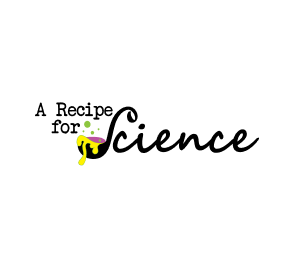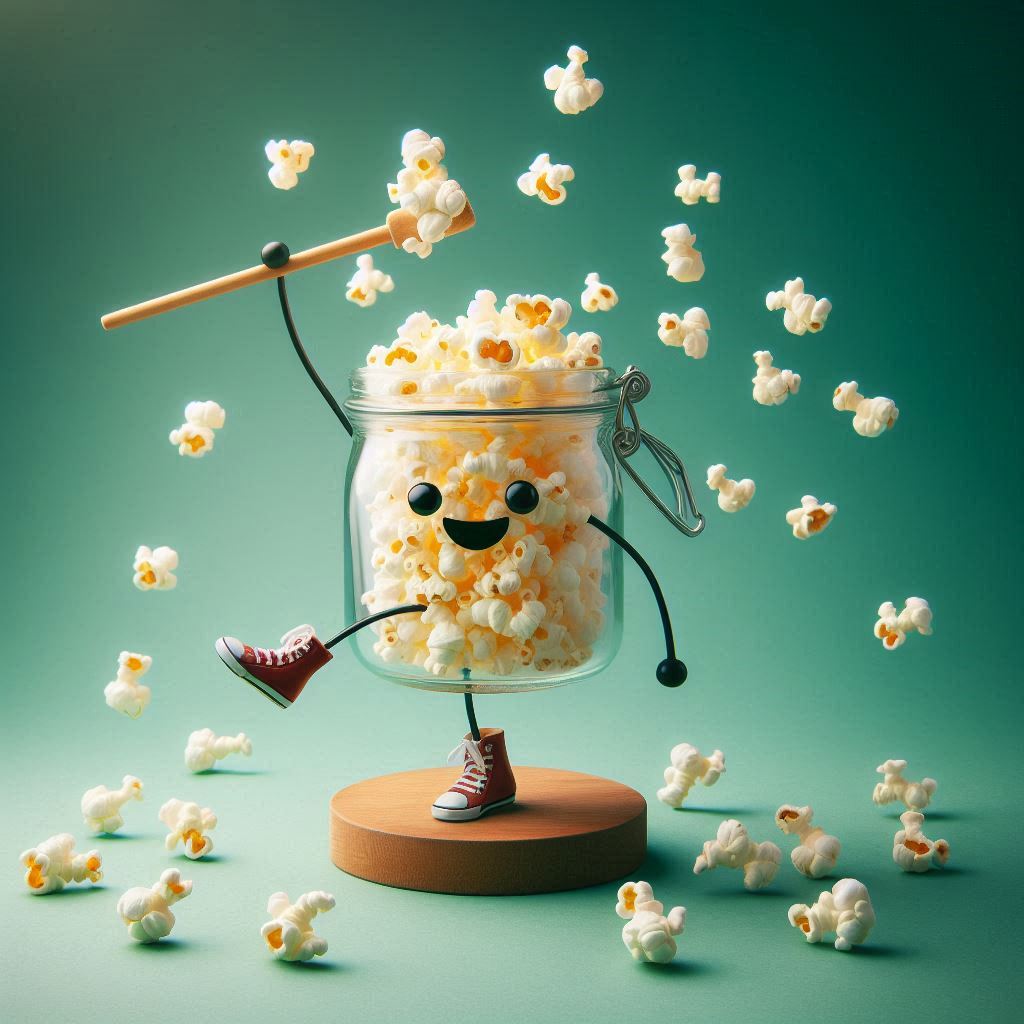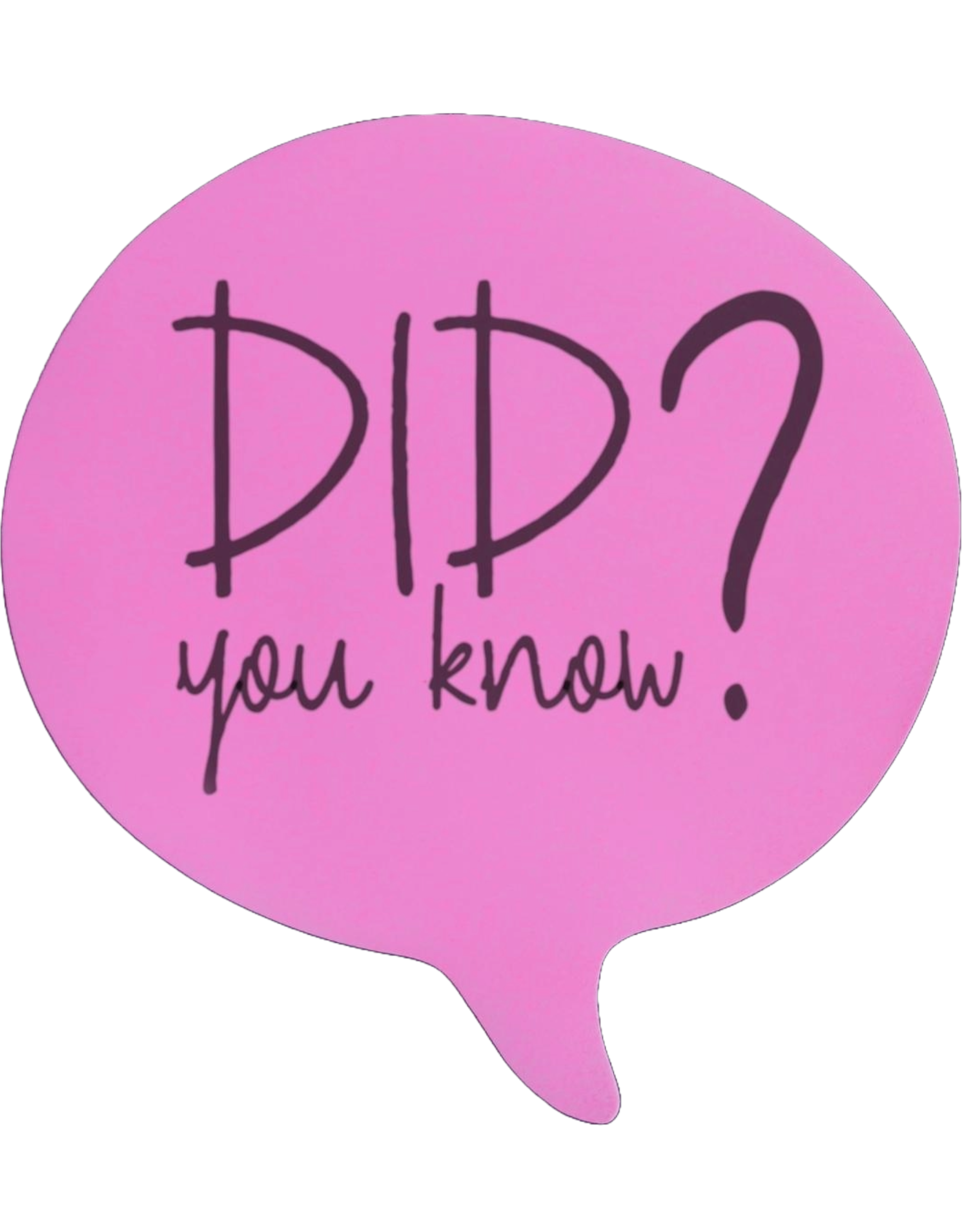



What happens when you mix popcorn, water, and a little bubbly magic? You get an easy chemistry experiment for kids that’s both exciting and simple to set up! With just a few household ingredients, kids can watch popcorn kernels bounce up and down in a fizzy, bubbling reaction.
This hands-on activity is a great way to introduce basic chemistry concepts in a fun and engaging way. Whether you’re looking for a quick experiment at home or a classroom-friendly demonstration, this easy chemistry experiment for kids is sure to spark curiosity!
Through this playful activity, kids will discover:
This simple but fascinating experiment helps kids explore chemistry through hands-on learning!
This easy chemistry experiment for kids is more than just a cool visual—it’s a great way to see real science in action! Kids get to observe how an acid and a base react to create gas, which lifts the popcorn kernels. This reaction is similar to the fizz in carbonated drinks and even how baking soda helps baked goods rise.
It’s a fun and engaging way to encourage curiosity and problem-solving while making science feel like magic!
Quick Facts
- Time Needed: 10-15 minutes
- Difficulty Level: Easy
- Best For: Ages 5–11 (elementary school kids)
- Science Type: Chemistry
- Mess Level: Low
- Materials Needed:
- Unpopped popcorn kernels
- Baking soda
- Vinegar
- Water
Tip: Try using other small objects like raisins or pasta to see how they react!
The secret behind this easy chemistry experiment for kids is the reaction between baking soda and vinegar. When mixed, they produce carbon dioxide gas, which forms bubbles that stick to the popcorn kernels. These bubbles lift the kernels to the surface, and when they pop, the popcorn sinks again—creating a fun “dancing” effect!
Fun Fact Corner

Deep-sea fish use gas bladders to move up and down in the water, just like the bubbles in this experiment help popcorn rise and fall!
Ask your child: “What do you think would happen if we used soda instead of vinegar and baking soda?”
Try This Easy Chemistry Experiment for Kids!
Grab your supplies and see if you can make popcorn dance! This fun and interactive experiment is a perfect way to explore the magic of chemistry at home or in the classroom.
Share your results with us on social media @arecipeforscience



Want more easy science activities? Try our How to Make Oobleck activity!
Let’s make learning fun, interactive, and unforgettable—one science experiment at a time!
This fun experiment falls under Chemistry, specifically acid-base reactions and gas formation. Let’s find out a little more about both.
Chemistry is the science of matter—what things are made of and how they change. One of the most exciting parts of chemistry is acid-base reactions, where two different substances combine to create something completely new! Whether it’s the fizz in your favorite soda or the way vinegar and baking soda bubble up, acids and bases are at work all around us.
For young scientists, there’s no better way to explore chemistry than with an easy chemistry experiment for kids that brings these reactions to life!
Check out more Chemistry experiments.
Acid-base reactions are everywhere, from the food we eat to the way our bodies function. These reactions:
By trying an easy chemistry experiment for kids, young learners can see these fascinating reactions in action while developing a deeper understanding of the science behind them.
One of the most exciting results of acid-base reactions is the production of gas. This is what makes bubbles rise, balloons inflate without air, and even popcorn “dance” in water! In many easy chemistry experiments for kids, you can see this reaction in action—like when vinegar and baking soda mix to form carbon dioxide bubbles. This gas formation is also used in everything from carbonated drinks to the way plants help regulate Earth’s atmosphere.
Want to watch acid-base reactions and gas formation in action? Try an easy chemistry experiment for kids like the classic baking soda and vinegar reaction or a fun dancing popcorn experiment. These hands-on activities help kids connect chemistry concepts to the real world, all while sparking curiosity and excitement for science!